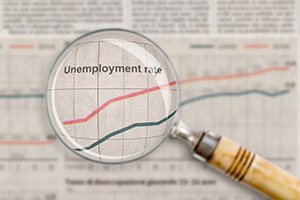July was another dickens of a month—at once the best of times and the worst of times. For the financial markets, the news was largely good. The U.S. markets ended up across the board, hitting new all-time highs during the month. Earnings reports continued to substantially beat expectations. That good news, combined with dropping interest rates, drove markets higher. Bond markets continued to rally on those lower rates. From a financial perspective, July was a very good month here in the U.S.














